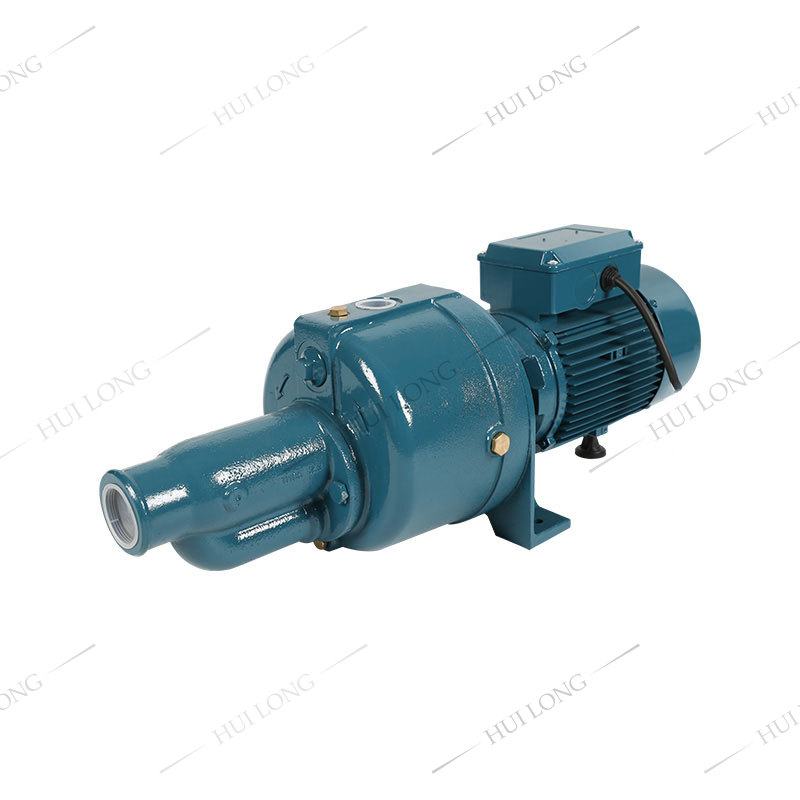When it comes to selecting the right pump for a system, the decision can have significant implications for efficiency, maintenance, and overall costs. Two common types of pumps used in a wide range of applications are self priming pumps and traditional pumps. Both have their strengths, but they differ in terms of operational requirements, maintenance needs, and cost-effectiveness. This article will explore the differences between a Custom self priming pump and traditional pumps to help determine which is the more cost-effective option in various scenarios.
A self priming pump is designed to remove air from the system and establish suction automatically without the need for manual intervention. This feature makes it easier to start and operate compared to traditional pumps, which often require external priming methods to begin drawing water or fluid. Self priming pumps are especially useful in situations where the pump may lose its prime or when air is likely to enter the system, such as in irrigation systems or industrial applications.
One of the significant disadvantages of traditional pumps is the need for frequent manual priming, especially in systems where the water level fluctuates or in applications with irregular water sources. This process can be time-consuming, requiring operators to regularly check and maintain the pump to ensure it remains operational. Moreover, if the pump is left unchecked and loses its prime, it may result in longer downtime and potential damage to the pump, which results in higher maintenance costs.

When comparing a self priming pump to a traditional pump, one of the significant cost-related factors is the efficiency of operation. A pump offers several advantages in terms of ease of use and reliability. Since these pumps can automatically prime themselves and restore suction without external assistance, they are less likely to experience downtime compared to traditional pumps. This feature allows systems to run continuously with less manual oversight, which reduces the labor costs associated with priming and checking the pump.
Another important factor in determining cost-effectiveness is the maintenance needs and longevity of the pump. Self priming pumps are designed to be more reliable and durable, with fewer parts that are prone to wear due to the lack of a need for manual priming. These pumps can operate in a wider range of conditions, including environments where air is likely to enter the system. As a result, pumps typically require less frequent servicing and can last longer than traditional pumps, resulting in a lower overall maintenance cost.
On the other hand, traditional pumps often have more moving parts and are more vulnerable to damage caused by improper priming or airlocks. Over time, the need for regular maintenance and repairs can add up, making the total cost of ownership for a traditional pump higher than that of a OEM Self Priming Irrigation Pump. Moreover, the more complex the traditional pump system, the more likely it is to experience issues that can results in costly downtime and repairs.
Energy costs are another important consideration when comparing a self priming pump and a traditional pump. Since pumps do not require frequent starts and stops or external priming actions, they generally operate more smoothly and efficiently over time. The ability to maintain consistent performance with less energy-intensive processes makes self priming pumps more energy-efficient in the long run. By reducing the number of times the pump needs to restart or engage in additional processes, energy consumption is lowered, which can result in significant savings over time.
When deciding between a Self Priming Transfer Pump Maker and a traditional pump, it is important to consider both the short-term and long-term costs. While traditional pumps may have a lower initial purchase price, pumps tend to be more cost-effective in the long run due to their lower maintenance requirements, energy efficiency, and reduced need for manual priming. The self-priming capability ensures that systems operate smoothly with fewer interruptions, resulting in fewer repairs and downtime. Ultimately, the self priming pump offers a more reliable, efficient, and cost-effective solution for applications that require consistent performance and reduced operational effort. For businesses and operations seeking to reduce the total cost of ownership, the self priming pump is often the better choice.


 中文简体
中文简体 عربى
عربى






